Lessons Learned- Lessons Taught: One Teacher’s Storytelling Festival Experience
 I was privileged to meet Terri McGuire while she was teaching at the former Meridian School in Provo and I just can’t say enough about what an amazing teacher she is. Her classroom was truly a magical place. Each school year began with a trip to the Timpanogos Storytelling Festival, and now retired after nearly 40 years, this award-winning teacher tells us how she first became a fan of the festival and how she used her experience to create memorable teaching and learning moments in the classroom.
I was privileged to meet Terri McGuire while she was teaching at the former Meridian School in Provo and I just can’t say enough about what an amazing teacher she is. Her classroom was truly a magical place. Each school year began with a trip to the Timpanogos Storytelling Festival, and now retired after nearly 40 years, this award-winning teacher tells us how she first became a fan of the festival and how she used her experience to create memorable teaching and learning moments in the classroom.
*************************************************************************************
Terri McGuire
In late August of 1990 our family had just moved to American Fork, Utah. My children were starting elementary school, my husband was embracing a new career as a pipe organ builder, and I had found a part-time teaching job. This left me with a bit of time on my hands to explore this interesting new place we were living. I’ve always enjoyed stories, arts, and history, so I often found myself wandering into local libraries. 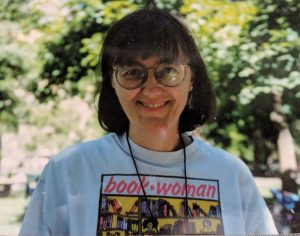
When I walked into the Orem Public Library one morning I saw advertisements for the second annual Storytelling Festival to be held at Ashton Gardens and asked the librarian to tell me more. She said the money they earned from the event was going to help the library rebuild the children’s section of the library. This sounded like a wonderful mix of the things I enjoy most! I knew I wanted to attend, but the first day of the festival was a school day, so I went by myself.
I had experience with storytelling, and thought I understood what I would experience. I’d been a Girl Scout and native legend storyteller as a youth. I’d used folk tales and storytelling a bit in my classroom to teach. And, I had grown up in a family that loved telling their history stories. I planned on having a fun time.
What I didn’t know was how deeply this event would move me. I was totally unprepared for the depth of feeling, the love of story, the sense of community, and the celebration of truly gifted tellers. I heard traditional stories, song stories, history stories, family stories, ghost stories, humorous stories, and folk tales. Jugglers, musicians, puppeteers, and performers added to the experience. I was amazed, and I was hooked!
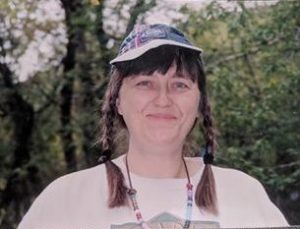 Even though I was still a newcomer to Utah and I attended alone, for that afternoon I had the feeling of coming home. I was part of this storytelling experience. You do not just listen to a story of this caliber. The audience is required to participate with mind and emotions, living the story along with the teller. I found that when the teller was done, the story wasn’t over for me. Those tellers of tales had touched me deeply, because their stories had merged with my life stories.
Even though I was still a newcomer to Utah and I attended alone, for that afternoon I had the feeling of coming home. I was part of this storytelling experience. You do not just listen to a story of this caliber. The audience is required to participate with mind and emotions, living the story along with the teller. I found that when the teller was done, the story wasn’t over for me. Those tellers of tales had touched me deeply, because their stories had merged with my life stories.
The next day, I brought my children to the storytelling festival. By the next year, I had a full time teaching position and started bringing my students each year to the festival. Stories allow us the chance to understand how connected we are. They help us to understand how to speak, to write, know our place in history, to share feelings and what is important to us.
Over the years, I have incorporated storytelling into my classroom in a variety of ways. After a day-long visit to the storytelling festival, where we heard the wonderfully told stories of others, we began each school year by telling each other our own stories. Our personal history and family histories have roots in our cultural heritage and give us the power to connect with others. This created interpersonal connections in our classroom, which were akin to a strong handshake and helped us to understand each other much better.
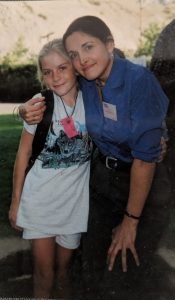 Listening to masterful storytellers tell their tales via CD or video, gave us a combined cultural experience of storytelling. Different storytellers demonstrated their talents for us over many days and through many tales. We identified a list of skills and practices of good storytellers, which we used as touchstones for creating our own interpretations and connections to what we were studying. Storytelling allowed us to think deeply about those critical skills. We learned to incorporate and consider such as things as: audience, voice, facial expressions, body movement, music, pauses, tone, etc. to better share our message.
Listening to masterful storytellers tell their tales via CD or video, gave us a combined cultural experience of storytelling. Different storytellers demonstrated their talents for us over many days and through many tales. We identified a list of skills and practices of good storytellers, which we used as touchstones for creating our own interpretations and connections to what we were studying. Storytelling allowed us to think deeply about those critical skills. We learned to incorporate and consider such as things as: audience, voice, facial expressions, body movement, music, pauses, tone, etc. to better share our message.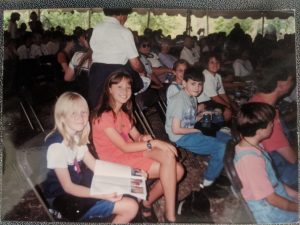
Some of the specific activities we experienced that were enhanced by storytelling were:
Students practiced storytelling skills and presented earliest memory stories and personal favorites at a storytelling sleepover at our school.
We incorporated family stories and cultural connections into a Cultural Fair presentation. Through cross-generation interviews and research, students discovered their personal connection to family and history. These personal stories became the basis of comparison for all the other stories we encountered during the year.
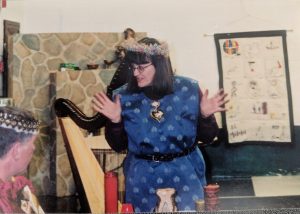 In October, we began our study of ancient civilizations, we searched for and shared likely stories based on location of artifacts we found in an archeology dig.
In October, we began our study of ancient civilizations, we searched for and shared likely stories based on location of artifacts we found in an archeology dig.
When we retold stories of mythology and historical events, students created freeze-frame tableaus, Instant character reenactments, and told the story from different points of view.
We created “This is Your Life” game show presentations of personal stories of Civil War celebrities, and a “Walk Through Time” historical museum, where students retold the stories of important people in history.
Students created storytelling math problems with optional solutions. More than a word problem, these were designed to tell the whole story and highlight a math concept.
For reviews, we created current-day newscasts, newscasts from the past, podcasts, cartooning summaries, puppets shows, plays, picture books, and photo essays to demonstrate connections and retell the essence of a story.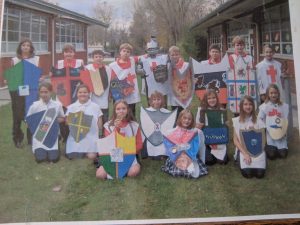
We hosted a Renaissance guild fair, a Medieval banquet, and a Civil War battle reenactment to inform our school community and adults about the culture, stories, and characters of these times in a retelling of what we had learned.
As we explored the aspect of Voice in writing, we asked questions like “What would Donald Davis do?” “How would Bill Harley write this?” In other words, “Can I see this from another perspective?” “Can I make it better?”
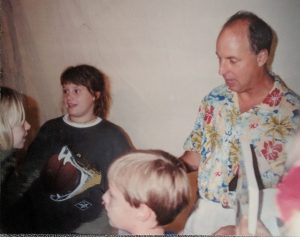 As the year progressed, we found ourselves continually finding new reasons to tell stories and use these skills. I believe it helped my students to find deeper, more meaningful connections to what we studied. We all participated fully in the story our class was creating, because storytelling gave us all a voice, gave us all permission.
As the year progressed, we found ourselves continually finding new reasons to tell stories and use these skills. I believe it helped my students to find deeper, more meaningful connections to what we studied. We all participated fully in the story our class was creating, because storytelling gave us all a voice, gave us all permission.
I am now retired, but still love coming to the festival. My husband attends with me and enjoys it as much as I do. The hardest part for us is trying to figure out whether we should revisit our favorite tellers to hear stories that warm our hearts and make us laugh, or whether we should try for a new adventure with a teller we haven’t yet met. We are always entertained, always feel warmly welcomed, always participate with abandon, and are left with memories that touch our hearts and a lingering sense of wonder.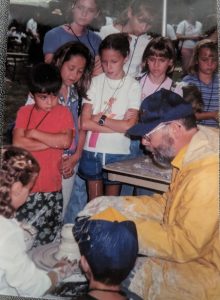

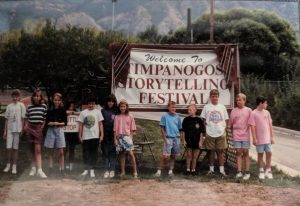
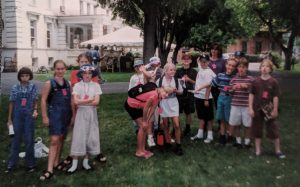

One Response
Terri was my favorite teacher! I am actually the little blonde girl in the wolf shirt hugging one of the storytellers. I was so happy to find this! So many great memories from being in her class.